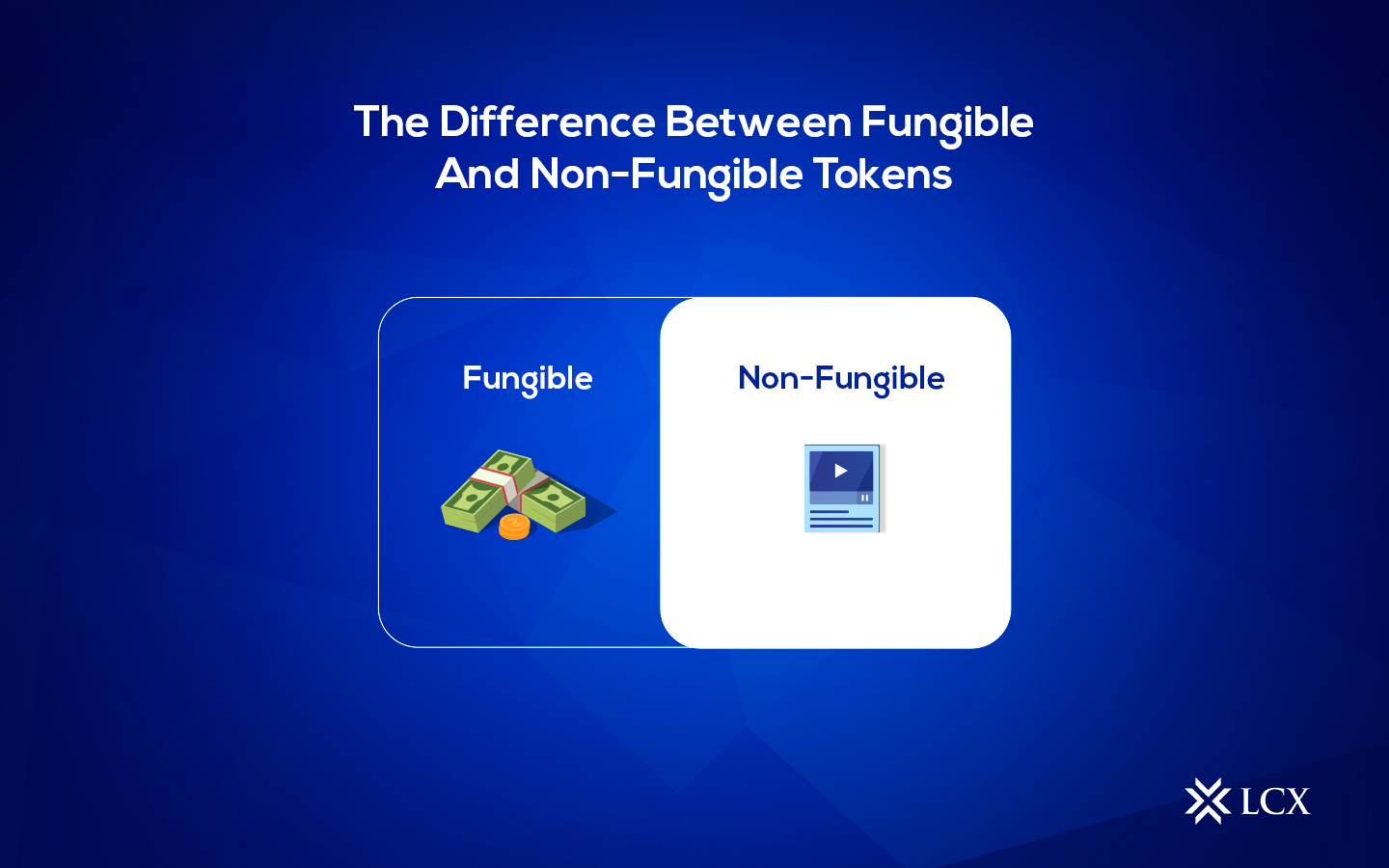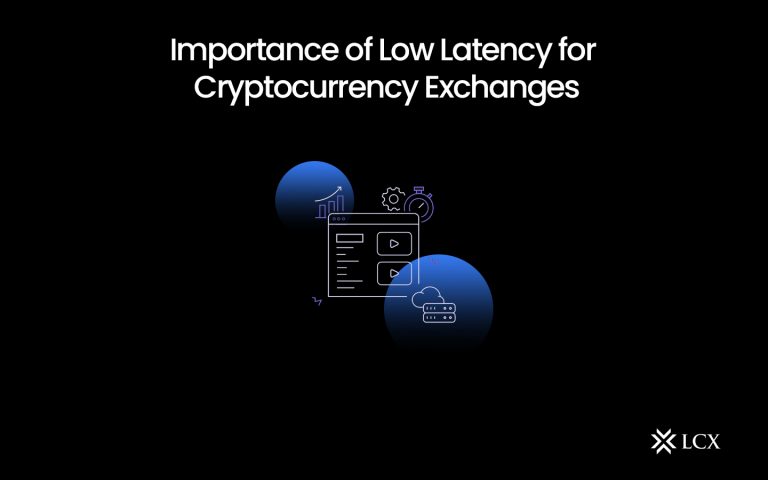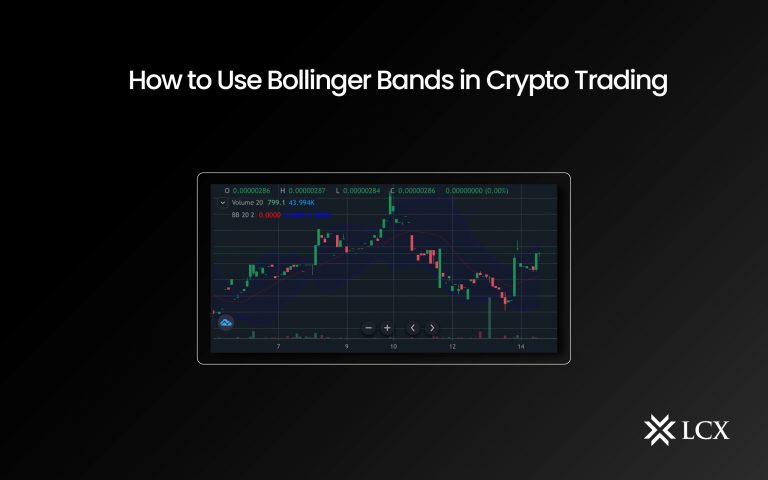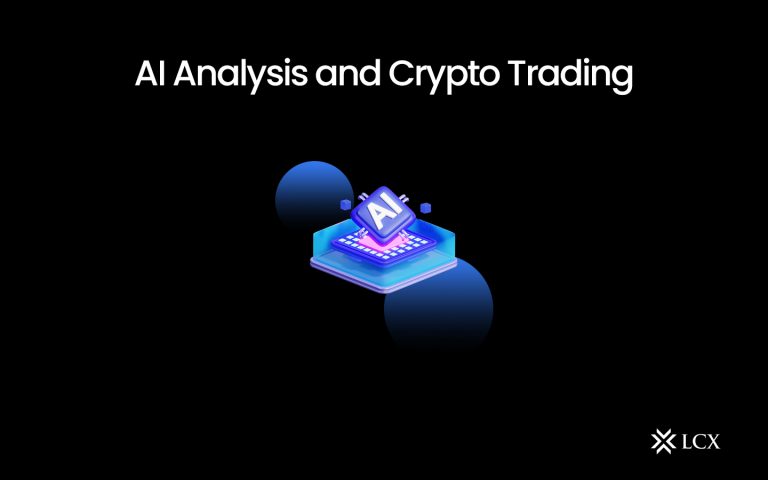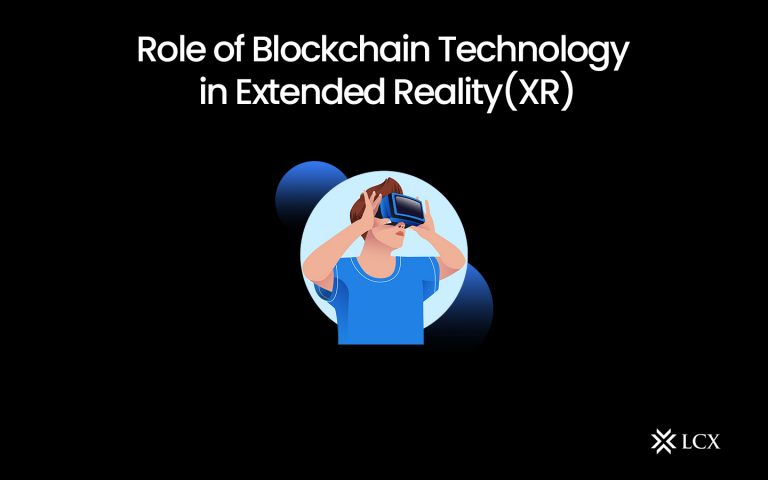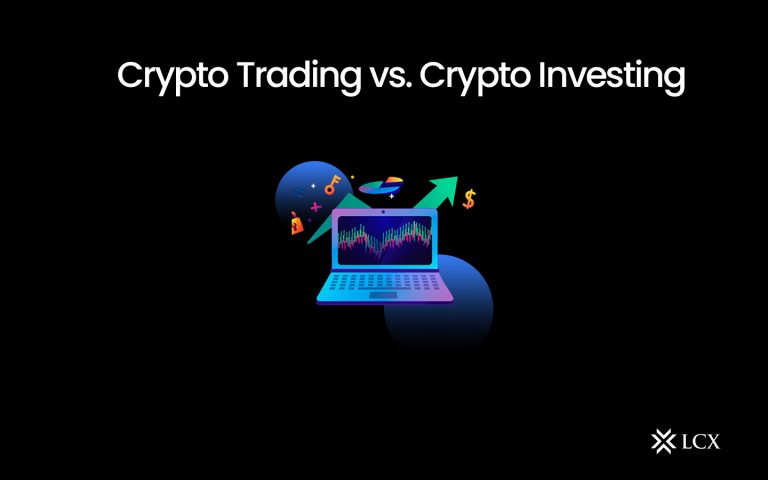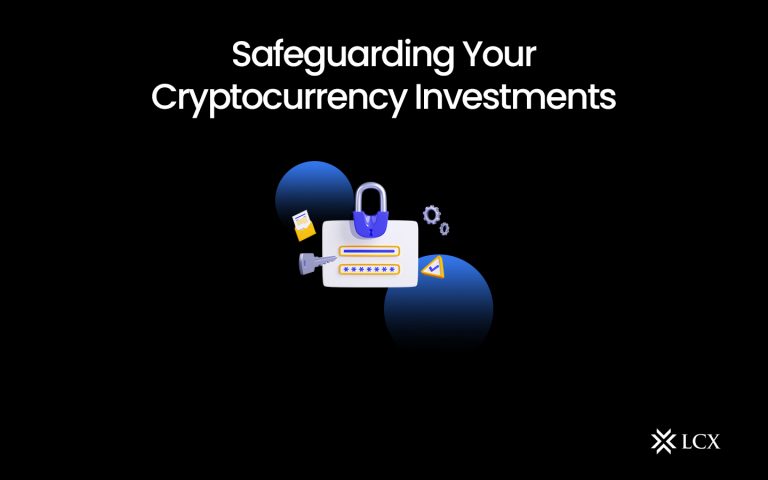In regards to the leading aspect in the crypto space you must discover the differences between fungible and non-fungible tokens. To begin with, first start with the understanding of tokens. In the real world, tokens refer to a visible or tangible representation of a fact, quality, or feeling. People experience various sorts of tokens in real life.
For instance, the office ID card depicts that you are an employee of a particular company. Likewise, a driving license shows that a particular person has the full right to drive on the road legally. Thus, a token also symbolizes a specific entity in the crypto space.
The token can hold stakes, value, or anything. Excitingly, a token is not restricted merely to a specific role and could address numerous roles in its inherent ecosystem. A token could depict a particular utility or an asset of a company. The company can offer the tokens in a public sale to investors.
Let’s jump directly to what Fungible and Non-fungible tokens are, so that it becomes easy to understand what the difference between them is.
What is Fungible Tokens and Non-fungible Tokens
Fungible tokens or assets are divisible and they are not unique. These tokens are created so that each fraction of a token is similar to the next. The most commonly used fungible cryptocurrency is Bitcoin. Similarly, dollars, bars of gold, and stocks are fungible assets. As they are identical to each other, they can be utilized as a medium for commercial transactions.
On the other hand, Non-fungible tokens (NFTs) are cryptographic assets on a blockchain with unique identification codes that differentiate them from each other. Similar to Bitcoin, NFTs even include ownership details for simple identification and transfer among token holders. Owners can even include metadata or attributes referring to the asset in NFTs. For instance, the digital artwork can be signed by the artists with their own signature in the metadata.
Now that we know what fungible and non-fungible tokens are, let’s move forward to what makes them different.
Difference between Fungible tokens and NFTs
| Criteria | Fungible Tokens | Non-fungible Tokens |
| Interchangeability | Fungible tokens are simply interchangeable despite there being no extra value linked with interchanging fungible tokens. | Non-fungible tokens are not interchangeable as every token represents unique assets. |
| Value Transfer | Value transfer relies on the tokens numbers in the ownership of a person. | The value of the unique asset depicted by NFT is beneficial in their value transfer. |
| Real world purpose | Payment system | Intellectual property |
| Token standards | Fungible tokens rely on the ERC-20 standard. | Non-fungible tokens leverage the ERC-721 standard. |
Recently, we have all noticed the huge popularity of NFTs and how every company, artist, and sportsperson is entering into this area to explore what NFTs are and how they are beneficial. Even LCX has taken a step forward and planned to enter into this crypto space.
Tiamond is an LCX product that is Non-Fungingle-Tokens (NFTs) and symbolizes the ownership of individual and real-world diamonds. Tiamonds are developed with the ERC-721 token standard. There are plenty of benefits attached to LCX tokenized diamonds. A few of them are that they can be traded and even redeemed, and a reward of TIA Tokens is attached to them that will be received by the Tiamonds owner over a fixed period of time.
This sounds interesting, right?
To learn more about Tiamonds, you can visit our website and follow us on Twitter.
